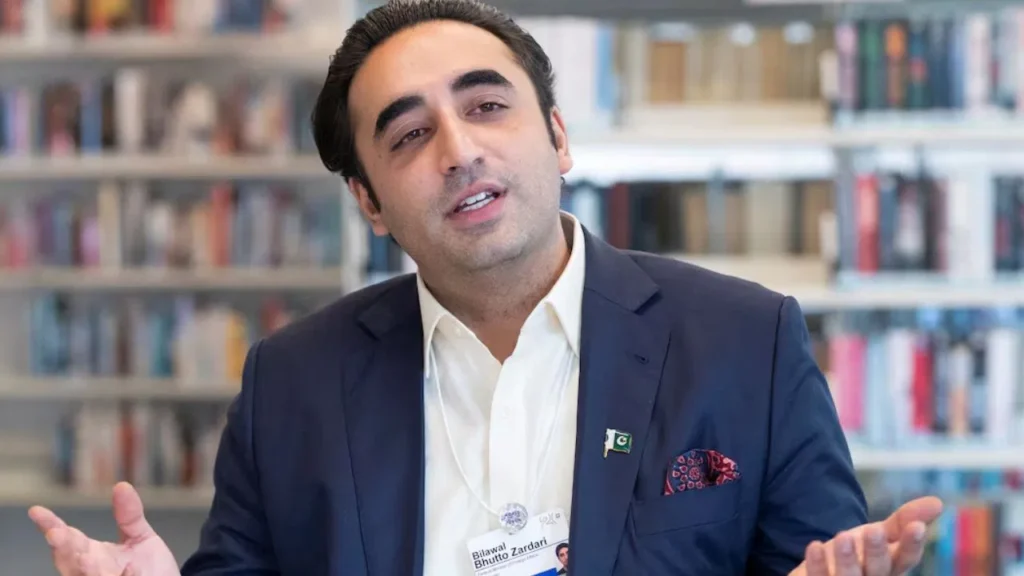Mass Farewell to 60 IRGC Officers & Nuclear Scientists Triggers Threats, IAEA Walk-Out, Middle-East Tensions
MIND BLOWING 🔴
— Open Source Intel (@Osint613) June 23, 2025
The Washington Post has released audio revealing Mossad agents warning 20 IRGC commanders to leave Iran within 12 hours or face death, along with their families. pic.twitter.com/yXlziudQTz
On June 28, 2025, the streets of Tehran turned into a sea of black as an estimated one million Iranians gathered for the state funeral of 60 senior officials, including top Islamic Revolutionary Guard Corps (IRGC) commanders and nuclear scientists, killed in recent coordinated airstrikes reportedly carried out by Israel and the United States.
Amid tight security and nationwide broadcast coverage, the crowd echoed deafening chants of “Death to America” and “Death to Israel,” as coffins wrapped in the Iranian flag were paraded through key streets. This public mourning doubled as a powerful political message, not only of grief but also of defiance against what Iran calls “imperialist aggression.” The event has escalated tensions in an already volatile Middle East, with observers calling it one of the largest anti-West demonstrations in recent years.
From Azadi Square to Fire-Soaked Flags: Iran Turns Funeral into Anti-West Mega-Rally
The funeral procession began early in the morning at Azadi Square and moved through downtown Tehran. Floral-decked military vehicles carried the coffins, while government officials, clerics, IRGC generals, and civilians marched together. Giant posters of the deceased were displayed, and mourners waved banners with slogans condemning American and Israeli military aggression.
🇮🇷 Iran holds a state funeral for 60+ killed in Israeli strikes - including nuclear scientists and top commanders.
— The Green Line (@theGreenLine_) June 28, 2025
🪖Senior Military Commanders Killed:
1.Maj. Gen. Hossein Salami – IRGC Commander-in-Chief
2.Maj. Gen. Mohammad Bagheri – Chief of Staff of Armed Forces
3.Maj. Gen.… pic.twitter.com/H7kjMLkjBL
Supreme Leader Ayatollah Ali Khamenei, while not present in person, issued a strongly worded statement denouncing the strikes and vowing “painful retaliation.” President Masoud Pezeshkian and Foreign Minister Abbas Araghchi were seen at the frontlines of the funeral, placing wreaths and addressing the crowd.
Reports confirmed that at least a dozen of the dead were involved in Iran’s nuclear and drone programs, making them high-value targets in the eyes of Tel Aviv and Washington. However, the Iranian government insists these were non-combatant experts, calling their assassination a violation of international law.
The scale of the protest reflects both orchestrated state propaganda and genuine public outrage. Chants like “Boom Boom Tel Aviv” and the burning of American flags drew international media coverage, while Iran’s state outlets portrayed it as a moment of national unity.
Funeral Fallout: IAEA Walk-Out, Proxy Missiles, and a Hotter US-Iran-Israel Triangle
The geopolitical fallout from this funeral is already being felt. Iran has suspended its cooperation with the International Atomic Energy Agency (IAEA) and has begun redeploying assets near the Israel-Lebanon border. Iranian-backed militias in Iraq and Syria have also signaled readiness for “retaliatory operations.”
For Israel, the strike was a preventive measure aimed at curbing Iran’s growing military capabilities. For the U.S., it represents a firm stance against Iranian influence across the region. But for Iran, it is a red line that has been crossed, and the public funeral is a rallying cry for resistance.
The mass mobilization, unprecedented since the funeral of Qasem Soleimani in 2020, may also complicate diplomacy. Ongoing nuclear negotiations are now at risk, and the broader Middle East faces renewed instability. Analysts suggest the potential for cyber retaliation, proxy conflicts, and missile exchanges is growing by the day.
In conclusion, what began as a funeral has morphed into a nationwide show of force. The message is clear: Iran is not backing down.





















